Maranello produced the Ferrari 275 between 1964 and 1968 and it came with various engines, bodies and purposes. From road cars to race cars, let’s take a look at all the production Ferraris designated as ‘275’.
First, let’s explain the name. Ferrari uses various methods to name their cars and one of them derives from the engine’s per-cylinder displacement. In the case of the Ferrari 275, this is 275 cc. The GTB abbreviation means Gran Turismo Berlinetta.
1964 Ferrari 275 P
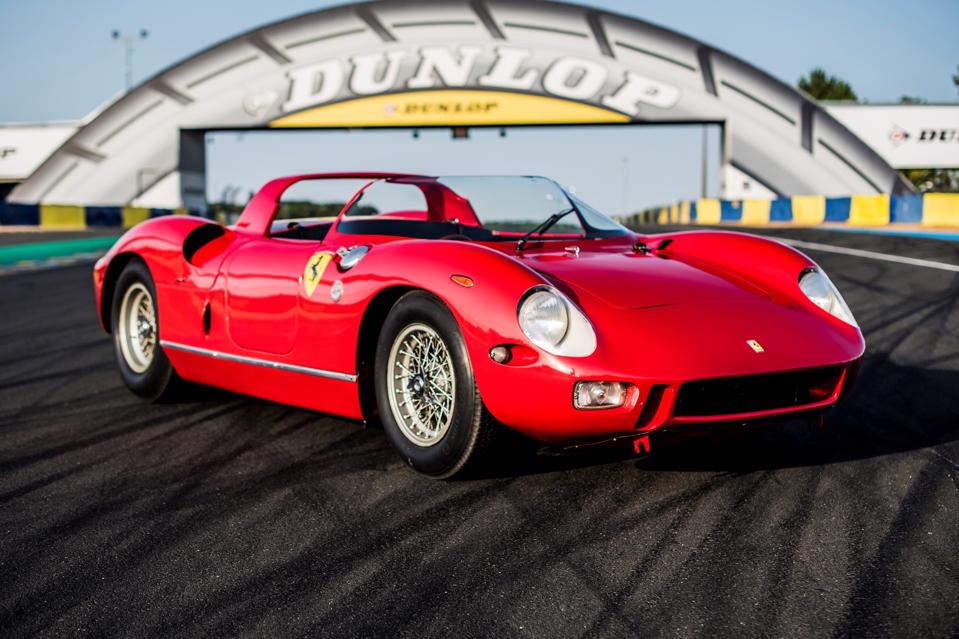
The Ferrari 275 P is a development of the Ferrari 250 P, rather than being based on the 275 road car. The Ferrari 275 P has an increased displacement and a slightly different body. Under the hood you’ll find a bored-out 3.3-L V12 based on the 250 TR, which was previously used in the 250 P. Simultaneously, Ferrari introduced the 330 P, which was slightly more powerful than the 250 P, but both were raced and enjoyed by customers. Some liked the nimble feel of the 275 and some preferred the increased power output of the 330 P. Unfortunately, all four 250 P chassis were used for the 275 and 330 variants.
Ferrari 275 P and 330 P racing cars were actively and successfully raced by Scuderia Ferrari, N.A.R.T. and Maranello Concessionaires in the 1964/65 seasons. The most notable result was a 1-2-3 finish at the 1964 24 Hours of Le Mans.
1964 Ferrari 275 GTB/LM Competizione Speciale
More info soon...
1964 Ferrari 275 GTB shortnose
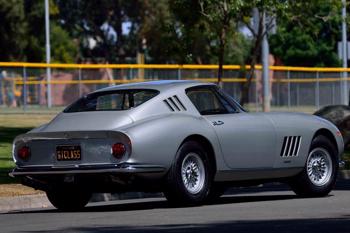
The Ferrari 275 GTB was revealed at the 1964 Paris Motor Show and replaced the outgoing 250 GT Lusso. It used a double overhead cam, Colombo-designed V12 pushing out around 240-250 bhp. At the time, Ferrari offered the option of upgraded carburettors to increase the power output by 20-25 bhp. A 5-speed manual transaxle drove the rear wheels. In fact, the Ferrari 275 had the honour of introducing a transaxle to a production road Ferrari.
British racing driver Mike Parkes had a major role in developing the car’s suspension, which used many technologies from earlier competition cars such as the 250 TR and 250 LM. Previously equipped with live rear axles, the Ferrari 275 adopted four-wheel independent suspension instead. Its distinctive bodywork was penned by Pininfarina and then manufactured by Scaglietti.
Around 70 of the 236 short-nose cars were equipped with a lightweight aluminium body, which was another option the factory offered.
1964 Ferrari 275 GTS
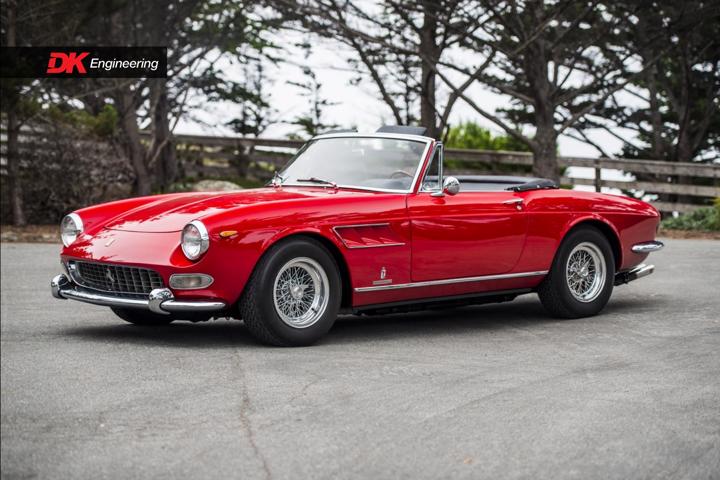
The Ferrari 275 GTS is a bit of a weird one: the car is part of the 275 family, but looks more like a 250 or 330 convertible, even though it was introduced at the same time as the 275 GTB. Mechanically, it’s almost identical, sharing the 3.3-L V12, transaxle, chassis and innovative suspension.
Appearance-wise, it’s very different. The front hood is shorter, the headlights are smaller and uncovered, and the grille and bumpers differ. The rear lights of the 275 GTS, which are rounded and inserted into the bodywork, differ from their coupe counterparts.
The Ferrari 275 GTS came with a folding soft-top, but Ferrari offered a factory option of a removable hardtop variant. Ferrari produced a total of 200 units between 1964 and 1966.
1964 Ferrari 275 GTB/C Competizione Speciale
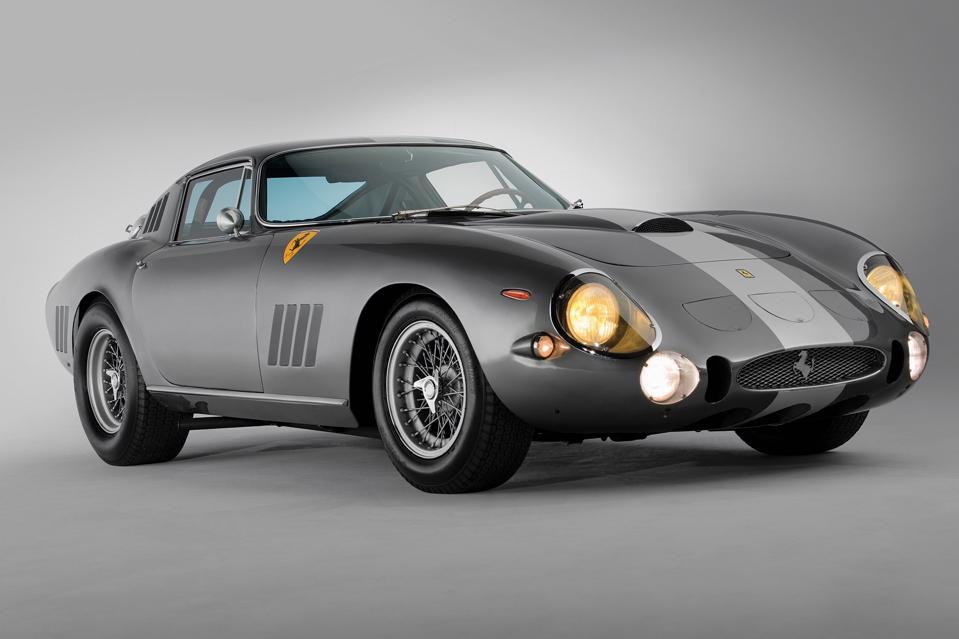
As the 250 GTO retired in 1964, Ferrari built the 275 GTB/C Speciale. Essentially, this is a combination between the 250 GTO and 275 GTB/2.
The 3.3-L V12 engine pushed out 320 bhp, and this, coupled with a lowered weight and promising tests, made it a matter of time before the car started winning championships. As we have seen more than once in Ferrari’s history, they were unable to enter the car in the GT Class. This time because the car was too light than the required dry weight. Even though it wasn’t eligible, Ferrari managed to start competing in one of the three units built for the remaining 1965 season.
As seen in the tests prior to entering the car, the Speciale proved its potential at that year’s 24 Hours of Le Mans, finishing third overall. These competition cars are are collectible as the 250 GTO for the 1965 season, making them extremely sought-after. Chassis 06701 sold for an incredible $26 million at a 2014 RM Sotheby’s auction.
1964 Ferrari 275 P2
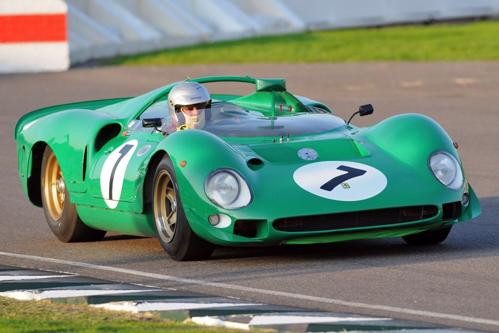
Both the 275 P and its successor, the P2, were specially designed to win the World Championship, but more importantly that were made to beat Ford. The Ford Company tried to buy Ferrari in 1963, but negotiations failed and a rivalry was born. The Ferrari 275 P2 featured a lower and lighter chassis with better aerodynamics. The V12 now had four camshafts and over 350 bhp. In 1965, a 275 P2 won the 1000 km of Monza and the Targa Florio.
1965 Ferrari 275 GTB ‘Competizione Clienti’
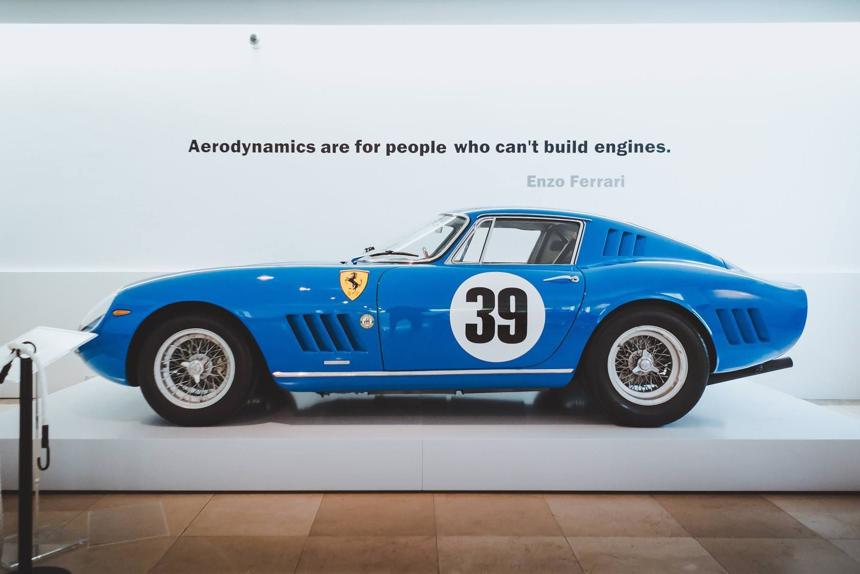
In 1965, Ferrari decided to create a less radical competition 275 GTB to be sold to private racing teams, designated as the ‘Competizione Clienti’. The bodywork was made out of aluminium and it had extra air vents and a larger 140-litre fuel tank.
Other tweaks included large built-in supplementary lights, a quick release fuel filler on the right-side sail panel, triple air vents behind the rear wheel and a lightweight aluminium body. All of the ‘Competizione Clienti’ cars had a short-nose body and were fitted with six Weber 40 DCN3 carburettors sitting atop the essentially standard wet sump V12. An outside fuel filler cap in the right panel led to a large 140-litre gas tank, replacing the 94-litre unit. This resulted in the relocation of the spare tyre to sit vertically behind the gas tank, which made the rear section slightly higher. Three air vents in each rear fender further indicated this car’s motorsport purpose.
Only 10 variants of the ‘Competizione Clienti’ were produced.
1965 Ferrari 275 GTB/C
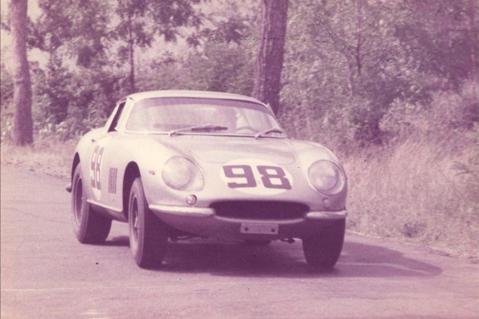
The Ferrari 275 GTB/C was another 275 competition car. According to Ferrari historian Marcel Massini, it is “super rare, very fast, beautiful and perfectly driveable.” Each car was equipped with a unique lightweight chassis, special 250 LM-type engine, transaxle and paper-thin Scaglietti alloy-bodywork.
As it was a race car and driven for that purpose, the road car’s conventional ‘wet sump’ was replaced by a larger ‘dry sump’ to make sure oil was transferred to the top of the engine, even in high-speed corners. Mauro Forghieri and his Scuderia Ferrari engineering team revised the GTB/C to an extreme extent: every panel of the body was altered, and substantial mechanical changes were made.
Ferrari designed a new chassis, the Tipo 590A, specifically for that model. It was lighter and stiffer than previous versions and the suspension and wheel hubs were strengthened. The greatest improvement was the dry-sump lubrication, which allowed the engine to be set lower in the chassis, reducing the centre of gravity.
The first 10 were alloy-bodied ‘short nose’ cars and the next group of 12 ‘long nose’ cars followed a year later in 1966.
1966 Ferrari 275 GTB/2 Long Nose
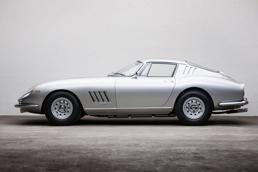
After two years of short nose production, Ferrari introduced the 275 long nose. This Series II car incorporated various mechanical and cosmetic changes. To relieve tension on the drive shaft, a torque tube was added between the engine and transaxle. The way they were mounted was also different: Series II cars have two attachment points rather than the four found in Series I cars.
The name ‘long nose’ came from the lowered and lengthened front. To improve aerodynamic characteristics and reduce high-speed instability, the front air intake was slightly reduced in size. In order to improve visibility, the rear window was enlarged, and the fuel filler, fuel tanks and spare tire were relocated to improve luggage space.
In total, 206 units of the Ferrari 275 GTB long nose left the factory.
1966 Ferrari 275 GTB/4

Often referred as the ultimate driving Ferrari, the Ferrari 275 GTB/4 made its debut at the 1966 Paris Motor Show. It used the same platform as the 275 GTB/2 and the car mostly packed mechanical improvements; its bodywork was largely the same as the 275 GTB/2 long nose. In addition to an upgraded engine, the 275 GTB/4 had several small improvements to the cooling system, exhaust and suspension. The most visible difference is an added hood bulge with creased edges.
Whereas Ferrari built a short and long nose version of the original 275 GTB, they didn’t do this with the four-com variant. At high speeds, the short nose became slightly unstable, so they didn’t build a 275 GTB/4 short nose. In Jay Leno’s video about the car, the owner David Lee mentioned a conversation he had with Piero Ferrari where he asked Piero what his favourite car was. Piero answered, “The 275, because my father taught me to drive in it.”
1967 Ferrari 275 GTS/4 NART Spyder

Arguably one of the most beautiful variants of the Ferrari 275 is the NART Spyder. Luigi Chinetti initiated the production of the car because he wanted to sell a successor to the 250 convertibles to his loyal customers.
The formal name of the car is 275 GTS/4, but because of Chinetti’s North American Racing Team it quickly became known as the NART Spyder. This designation was strengthened by adding a badge with the team’s logo on the rear of each car. Initially, Chinetti ordered 25 units, but because of low sales, Ferrari only built 10.
These low production numbers turned the car into a rare collectible. In August 2013, RM Sotheby’s sold a 1967 Ferrari 275 GTS/4 for $25 million.
1989 Ferrari 275 P2 (Michelotto)
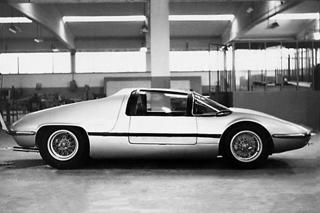
The 1968 Ferrari 275 P2 s/n 0812 has a bit of a weird history. It started life as a normal 275 P2 but was damaged by a fire during the 1964 24 Hours of Le Mans. In 1968, the car was converted to 330 P specs by Michelotto, and in 1989, the car received another conversion for that year’s New York Motor Show. Other than this, very little is known about this cool looking prototype. If you have any more information, please leave us a comment!
If you have any feedback, submissions or noticed any mistakes, don’t hesitate to contact us.
Written by Max Lammers





Hi, thanks for the post, I just needed details for my V12 Berlinetta series about the Long/Short Nose 275. I’ve never heard about the P2 Michelotto (or Michelotti, I suppose with ‘o’ it is a typo), but I searched for, and found some more images here: https://www.carrozzieri-italiani.com/listing/ferrari-275-p2-michelotti-coupe/
Leave a comment